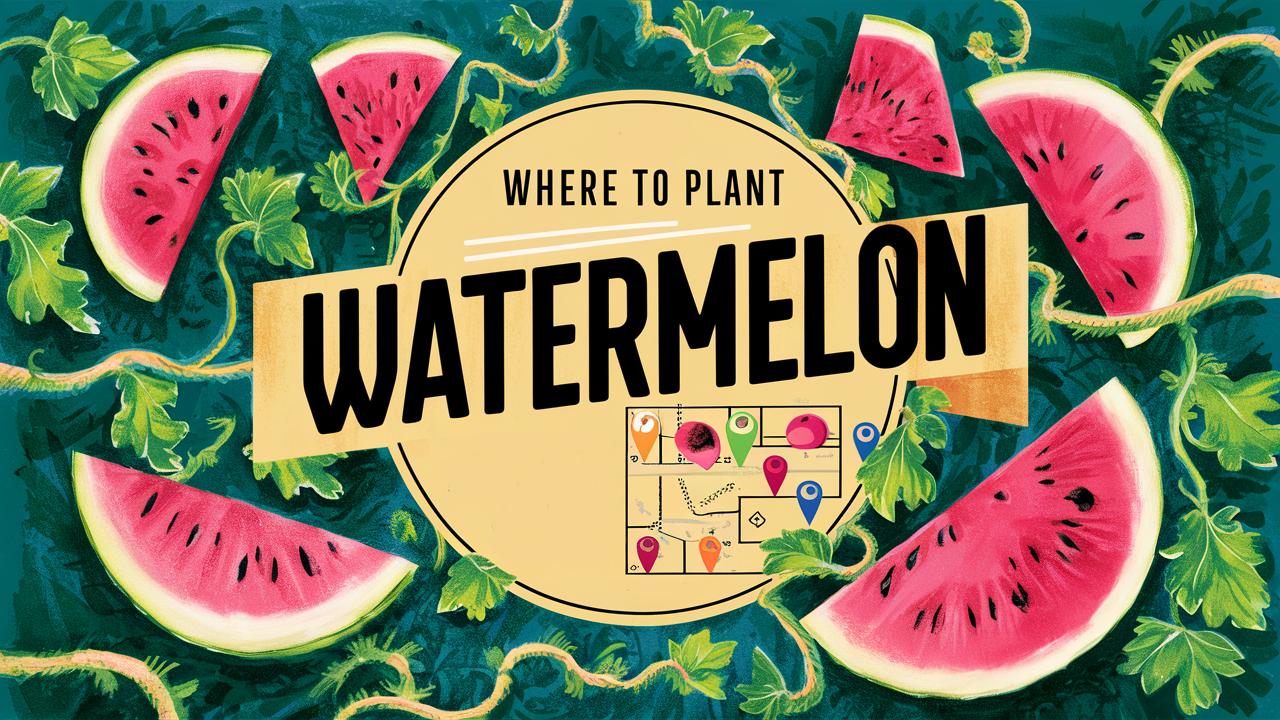This comprehensive guide will cover everything you need to know about where to successfully plant watermelon, ensuring a bountiful harvest come summer.
Understanding Watermelon’s Growing Preferences
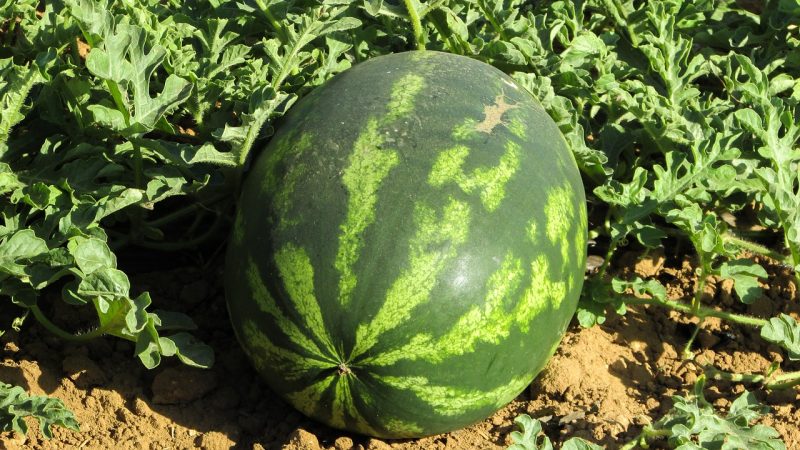
Before we explore the best places to plant watermelon, it’s essential to understand the plant’s growth preferences. Watermelon is a tender annual vine that thrives in warm conditions, making it essential to plant it in an environment that provides the heat it needs for optimal growth. Watermelons prefer full sun exposure, well-drained soil and ample space to sprawl.
The Importance of Sunlight
Watermelons crave sunlight. Ideally, they should receive 6 to 8 hours of direct sunlight each day. With sunlight, these vines produce the energy necessary for their growth and fruit production. When scouting for the best spot in your garden, select an area that is bathed in light for most of the day. Shady areas or spots where tall buildings or trees can block the sun should be avoided, as insufficient light may result in poor fruit quality or smaller melons.
Choosing the Right Soil

Soil quality is paramount when deciding where to plant watermelons. Watermelons prefer sandy loam or loamy soil that is rich in organic matter. This type of soil facilitates proper drainage and allows enough aeration for the roots to grow deep. A pH level of 6.0 to 6.8 is optimal.
Testing Your Soil
Before planting, it’s wise to test your soil. Home testing kits are widely available and can help you ascertain not only the pH level but also nutrient levels, which are crucial for the growth of watermelons. If you find that your soil is lacking nutrients, consider adding compost or well-rotted manure to enrich it. Improving soil quality before planting will give your watermelons a solid foundation to thrive.
Well-Drained Soil is Key
Watermelons are particularly susceptible to root rot, which can occur if their roots sit in waterlogged conditions. Therefore, choosing a location with well-drained soil is non-negotiable. If you’re working with heavy clay soil, raised beds can be an effective solution. Raised beds boost drainage while allowing you to control the soil composition more precisely.
Climate Considerations
Ideal Temperatures
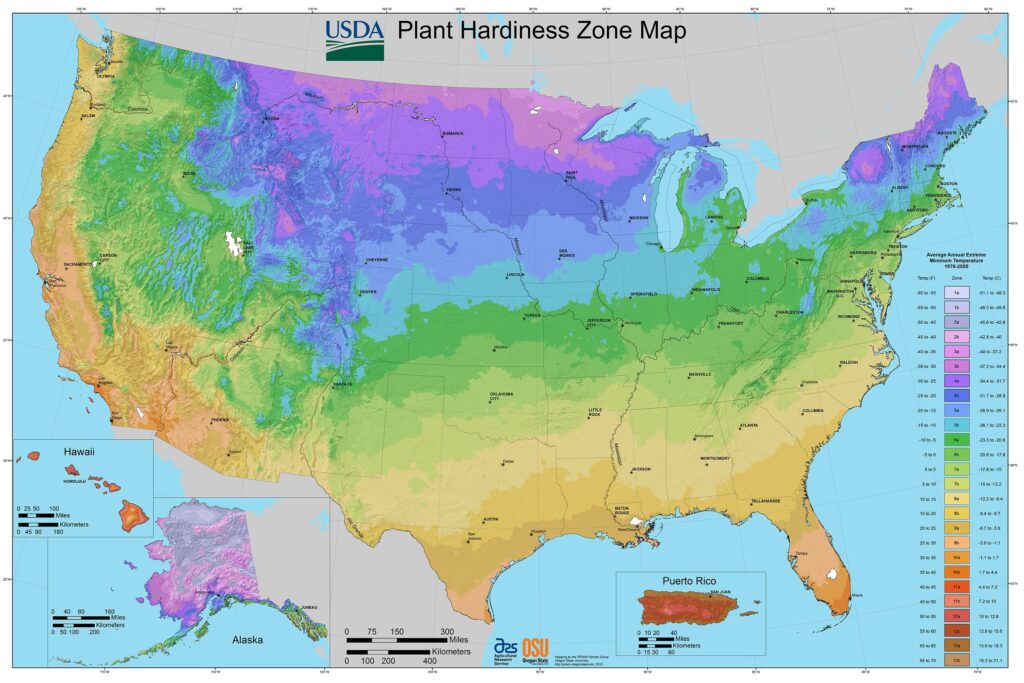
Watermelons flourish in warm climates, with an ideal temperature range of 70°F to 90°F (21°C to 32°C). They cannot tolerate frost, so be mindful of your local climate zone. In most regions, it’s best to plant watermelons after the threat of frost has passed, generally in late spring.
Regional Variations
Tropical and Subtropical Climates: If you live in a tropical area, your growing season may be virtually year-round. However, keep an eye on the wet season, as excess moisture can lead to disease. Choose a slightly elevated area to enhance drainage.
Temperate Climates: Plant watermelon in late spring when the soil has warmed. A south-facing slope can capture maximum sunlight and heat.
Cooler Climates: In cooler regions, consider starting seeds indoors and transplanting them outside after the risk of frost has passed. Additionally, black plastic mulch can warm the soil faster, promoting early growth.
Space Planning: Allow Room for Growth
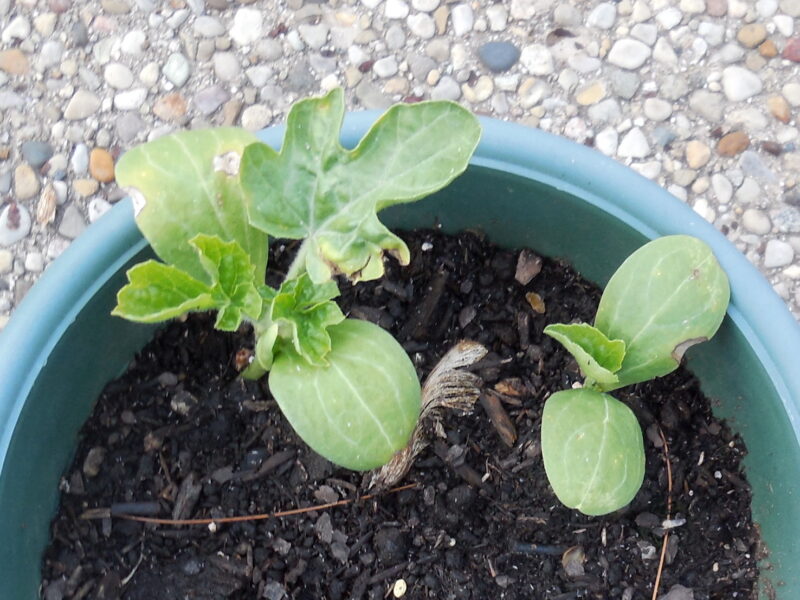
When planting watermelon, space is a fundamental consideration. Watermelon vines are sprawling, and they require ample room to grow both above and below ground.
Row Spacing
For optimal growth, space your plantings correctly. Set seedlings or seeds about 18 to 36 inches apart within rows and maintain at least 3 to 4 feet between rows. This spacing allows air circulation, reduces the risk of disease, and ensures that each plant has access to sunlight and resources.
Companion Planting
If you’re considering planting watermelon in a garden that includes other plants, pay attention to companion planting principles. Crops like corn, beans, and squash can grow well alongside watermelon, as they provide beneficial relationships without overcrowding the area. However, avoid planting watermelon near potatoes or tomatoes, which may lead to nutrient competition and pest issues.
Microclimates: Finding the Perfect Spot in Your Yard

Often, our garden spaces have varied microclimates due to factors like elevation, wind direction, and proximity to structures. Understanding these microclimates can help you find the best spot for planting watermelon.
Sun-Trap Areas
Identify sun-trap spots in your garden. These are areas that receive direct sunlight and are shielded from cold winds or extreme weather conditions. These spots allow for quicker soil warming, which is beneficial when the right seedling temperatures are critical.
Wind and Water Considerations
Think about how wind might affect your watermelon plants. High winds can damage the vines or cause uneven pollination. If possible, plant watermelons in a location that is buffered by existing plants or structures to protect them from strong gusts. Additionally, ensure there’s a reliable water source nearby, as watermelons require regular watering, especially during growth and fruiting stages.
Container Gardening: Limited Space Solutions
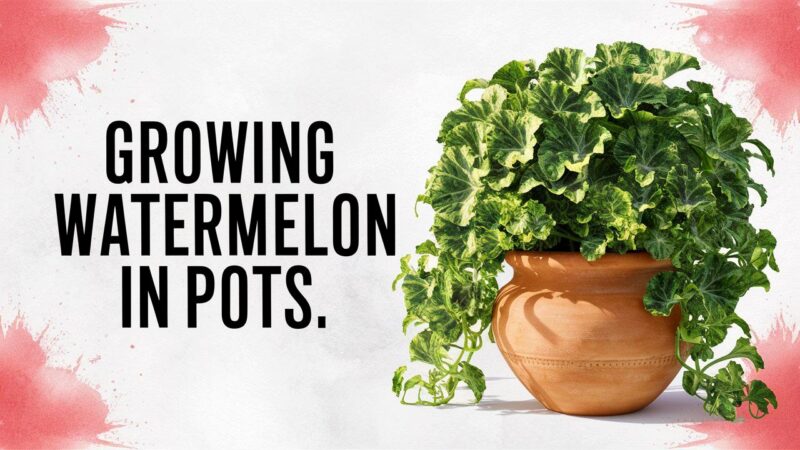
If you’re restricted by space, container gardening can be a viable option for growing watermelons. Large containers, such as half-barrels or 5-gallon buckets with proper drainage holes, can allow you to grow smaller watermelon varieties like ‘Sugar Baby’ or ‘Petite Yellow.’
Selecting the Right Containers
Choose containers that are at least 5 gallons in size to give the roots room to grow. Ensure that your container’s material is suitable for your climate—ceramic or plastic containers will retain heat and moisture more than unglazed clay pots, which may drain more efficiently.
Potting Mix and Care
When growing in containers, use a high-quality potting mix that retains moisture while allowing for proper drainage. Regular monitoring of soil moisture is essential, as container plants can dry out quickly. Water your plants deeply but infrequently to encourage deep root growth.
Timing Your Planting
Spring Planting
The timing of your planting can greatly influence your success. In most areas, wait until the soil temperature reaches at least 70°F (21°C). Depending on your location, this may be in late May or early June. Starting too early can expose your young plants to frost, which can be detrimental.
Summer Planting
In some climates, especially those with extremely warm summers, a second planting in mid-summer can yield excellent results. Choose quick-maturing varieties for this second planting, ensuring that they have enough time to mature before the first frost in fall.
Pest and Disease Management in Your Chosen Location

After you’ve determined where to plant your watermelons, it’s crucial to be aware of potential pests and diseases that may threaten your crop, especially once the plants begin to grow.
Common Pests
Look out for aphids, cucumber beetles, and vine borers. Prevention starts with your planting location; keep your garden clean and avoid planting too closely to other susceptible crops. Natural deterrents like neem oil or insecticidal soap can be helpful in managing infestations.
Disease Awareness
Watermelons are vulnerable to diseases such as powdery mildew or fusarium wilt. Ensure good air circulation by spacing your plants adequately, and consider practicing crop rotation each season to minimize disease buildup in the soil.
Harvesting: Knowing When Your Watermelon is Ready
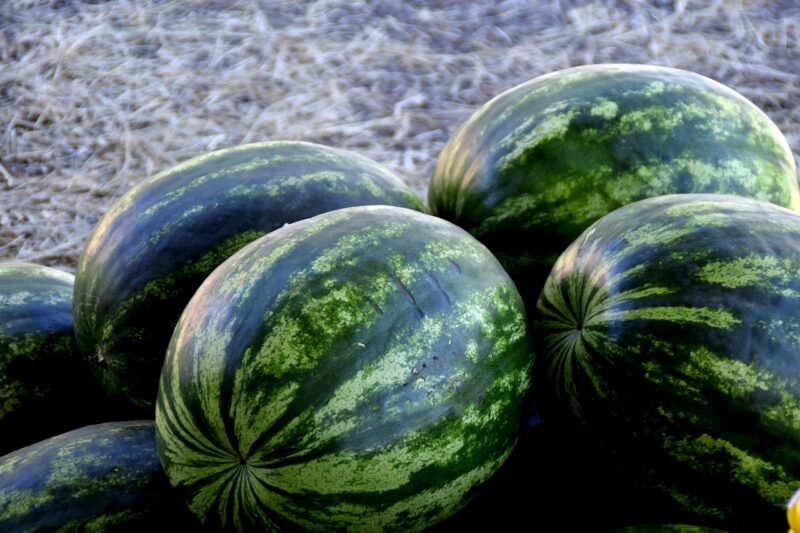
All the hard work you put into deciding where to plant watermelon will culminate in the excitement of harvest time. Knowing when to pick your watermelon is key to enjoying the best flavor and sweetness.
Signs of Ripeness
Look for a few telltale signs that indicate your watermelon is ready for harvest. The tendril closest to the fruit should turn brown, the bottom spot (where it rests on the ground) will change to a buttery yellow, and your watermelon should feel heavy and produce a hollow sound when tapped.
Conclusion: The Quintessence of Melon Enjoyment
In conclusion, the success of growing watermelons hinges significantly on selecting the right planting location. With adequate sunlight, proper soil quality, and sufficient space, you can cultivate your own garden of juicy, mouthwatering watermelons. Whether you have a sprawling backyard or a modest patio, understanding these planting fundamentals allows you to grow and enjoy this iconic summer fruit.


